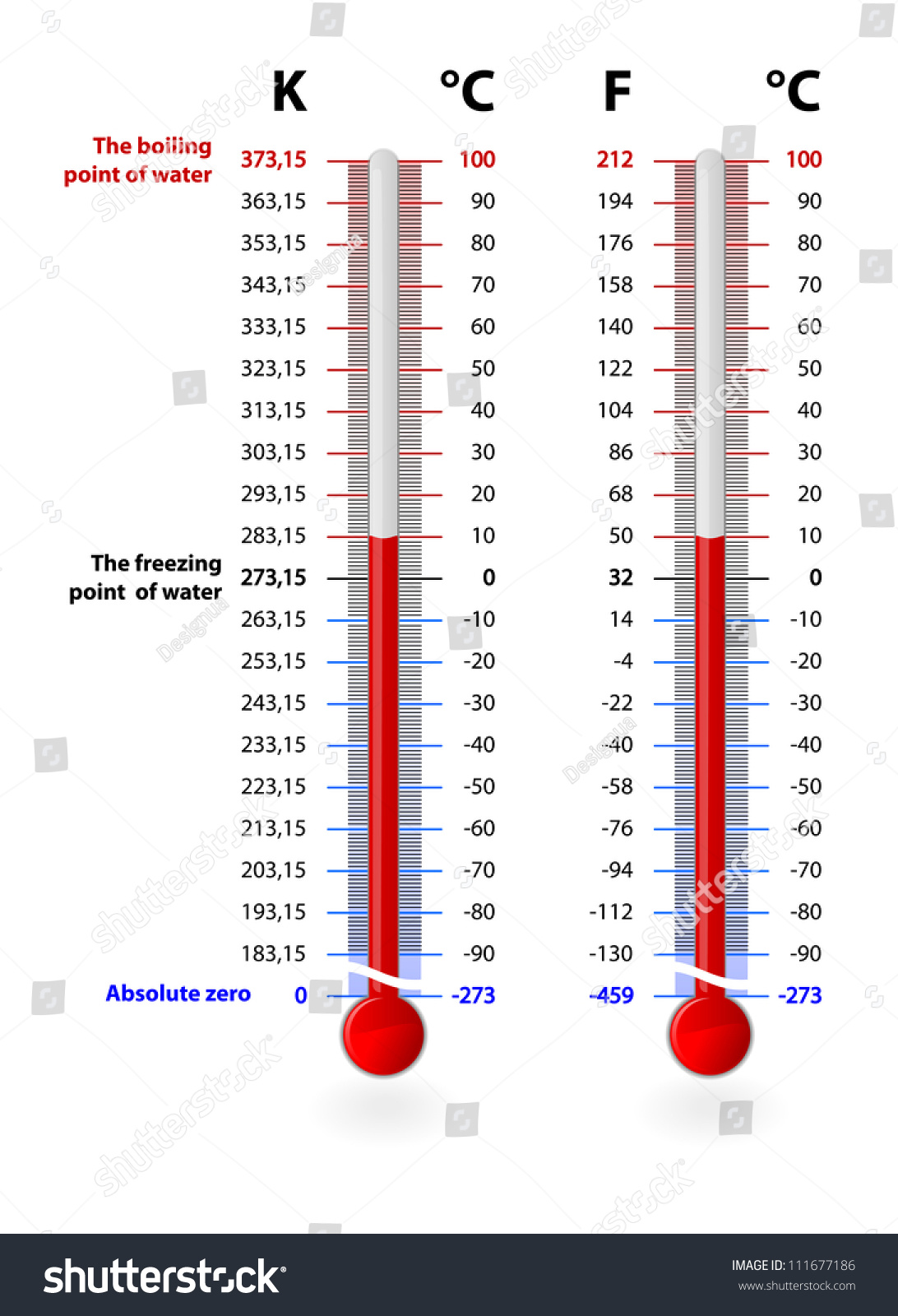Mercedes Benz Stadium Temperature - A Look Inside
Ever wondered what it feels like to be truly comfortable, perhaps even perfectly cool, when you're cheering on your favorite team or enjoying a big concert at a massive venue? The very air you breathe at a place like Mercedes Benz Stadium, that feeling of just-right comfort, is not something left to chance, not at all. It's a carefully managed environment, a bit like keeping a powerful machine running smoothly, where every degree counts for the experience of everyone present.
Think about it, how does such a huge building, filled with thousands upon thousands of people, stay at a pleasant warmth or coolness, no matter what's happening outside? It’s quite a feat of engineering, really, making sure the temperature inside Mercedes Benz Stadium is always just right. There are a lot of moving parts, you know, much like the inner workings of a complex system, all working together to maintain that ideal climate.
From the quiet moments before an event starts to the roaring excitement of a packed house, the goal is always to provide a consistent and pleasant atmosphere. It’s a bit of a balancing act, trying to keep everyone happy and comfortable, so that the focus stays on the event itself, not on whether you’re too hot or too cold. This balance is really what makes the whole experience so much better for everyone who visits.
Table of Contents
- How Do They Keep It Cool - Or Warm - In There?
- What's a "Normal" Temperature Inside Mercedes Benz Stadium?
- The Quiet Times - What's the Stadium's "Idle" Temperature?
- When the Air Moves - The Role of Ventilation and Airflow
- Setting the Comfort Limits - Temperature Thresholds
- Dealing with the Heat - What Happens When It Gets Too Warm?
- Does the Event Change the Temperature Inside Mercedes Benz Stadium?
- Keeping an Eye on Things - Monitoring the Stadium's Climate
How Do They Keep It Cool - Or Warm - In There?
Managing the climate for a structure as vast as Mercedes Benz Stadium is a truly remarkable task, so. It involves a very large, sophisticated system, almost like a giant set of lungs for the building, constantly breathing in and out to regulate the air. You might wonder how they get everything to work together, and honestly, it’s a testament to careful planning and clever design. Much like when a complex piece of equipment is put together, where you hope that almost everything works great from the get-go, a stadium’s climate control system is put through its paces to ensure it performs as expected.
There are countless sensors scattered throughout the stadium, collecting information about the air, and these readings help the system decide what adjustments are needed. It’s a bit like having a very attentive caretaker for the air itself, always making sure it feels just right for the people inside. If one part of the system isn't quite pulling its weight, or if there's a hiccup, it could certainly throw things off, so, keeping all the elements in sync is a big part of the challenge.
This whole setup isn't just about making people feel good; it’s also about protecting the building itself and the various events it hosts. Imagine trying to put on a show or play a game when the air is stifling or too chilly. It would really take away from the experience, wouldn't it? So, the goal is to create a consistent, pleasant atmosphere that supports whatever activity is happening, without anyone having to give the actual air a second thought, which is a pretty good sign that the system is doing its job well.
- My Auntie Tweakin
- Debora Rebeca Video Original X
- Blair Winter Onlyfans Leak
- Tjnv Face Reveal
- K4 Mora Video
What's a "Normal" Temperature Inside Mercedes Benz Stadium?
When we talk about a "normal" temperature for a place like Mercedes Benz Stadium, we're really talking about what makes most people feel comfortable, you know? It's a bit like figuring out what's a good operating warmth for a complex piece of machinery; there’s an ideal range where everything performs at its best. For a stadium, that range is usually somewhere in the mild to slightly cool zone, typically aimed at keeping tens of thousands of people feeling good, even when they're excited and moving around a lot.
The folks who manage the stadium's climate aim for a temperature that allows you to enjoy the event without feeling overheated or needing to bundle up. It's a fine balance, because what feels perfect to one person might be a little warm or cool for another. But generally, they try to hit that sweet spot that satisfies the majority. This optimal setting isn't just picked at random; it's based on a lot of thought about human comfort and how crowds generate warmth.
So, if you step into the stadium, you're likely to find the air at a consistent, pleasant level, designed to make your visit as enjoyable as possible. It’s that kind of steady, dependable climate that helps you focus on the game or the concert, rather than worrying about the air around you. This consistent comfort is, in a way, a silent promise to every visitor that their experience will be as pleasant as it can be, regardless of the weather outside.
The Quiet Times - What's the Stadium's "Idle" Temperature?
You know, even when Mercedes Benz Stadium isn't bustling with a crowd, it still has a kind of "idle" temperature, so to speak. This is the baseline warmth or coolness that the building maintains when there aren't any big events happening, or perhaps just a few staff members are present. It's a bit like how a computer might settle into a certain warmth when it's not doing much heavy lifting; there's still some activity, but it's much less than when it's really busy.
During these quieter periods, the systems might not be working as hard, but they're certainly not turned off entirely. There's a certain warmth that needs to be kept, or a certain level of coolness, just to keep the building in good shape and ready for the next big gathering. It’s a different kind of management during these times, focusing more on energy conservation while still maintaining a stable environment. Interestingly, the baseline warmth when the stadium is empty can sometimes be different from what you might expect, depending on how the building is designed to operate in its quiet mode.
For example, you might find that the air feels a little different during an empty period compared to when it's packed with people. This is because the sheer body warmth from tens of thousands of people adds a significant amount of heat to the space, meaning the cooling systems have to work much harder when the stadium is full. So, the "idle" setting is really about keeping the building stable and ready, without expending unnecessary energy, which, actually, is pretty clever when you think about it.
When the Air Moves - The Role of Ventilation and Airflow
The way air moves through Mercedes Benz Stadium is absolutely crucial for keeping the temperature inside Mercedes Benz Stadium just right. Imagine colossal fans, not the kind you wave, but huge mechanical ones, constantly circulating air throughout the immense space. These are the unsung heroes of stadium comfort, working tirelessly to bring in fresh air and push out stale, warm air. Sometimes, you know, if these air movers aren't quite operating as they should, or if one of them seems to be stuck, it can really affect the overall feeling of the place.
When the stadium is full, these systems really kick into high gear. You might even notice a subtle hum or a gentle rush of air, which is actually the sound of these powerful systems doing their job. It's a bit like how a computer's cooling components might get louder when they're working hard to keep things from overheating; the stadium's air movers respond similarly to the demands of a large crowd. If the air isn't moving effectively, the warmth from all those bodies can quickly build up, making the atmosphere feel heavy and uncomfortable, which is obviously not what anyone wants during an exciting event.
Sometimes, these air circulators have to work at their very highest settings, pushing air around with incredible force, almost like they're operating at their absolute maximum capacity. This happens when there's a lot of warmth to deal with, perhaps on a very warm day or during a particularly energetic event. The goal is always to keep the air fresh and the temperature consistent, making sure that even when the air movers are working their hardest, they're doing so efficiently and effectively to maintain a comfortable environment for everyone.
Setting the Comfort Limits - Temperature Thresholds
Just like any sophisticated system, the climate control for Mercedes Benz Stadium operates with specific limits, or what we might call "temperature thresholds." These are the predetermined points where the system automatically adjusts its efforts to maintain the desired warmth or coolness. It’s a bit like having a set of rules that tell the system, "Okay, if the air gets this warm, then it's time to really crank up the cooling," or "If it drops to this point, we need to add a bit more warmth."
These thresholds are carefully chosen to ensure visitor comfort and efficient energy use. For instance, there's a certain warmth level where the cooling system might shift from a gentle hum to a more robust operation, automatically increasing the airflow and cooling power. This automatic response is pretty clever, really, because it means the system can react quickly to changes in the environment without constant manual input. It’s all about maintaining that sweet spot for comfort, even as conditions inside or outside the stadium change.
So, the moment the air starts to drift outside of that ideal range, the system knows precisely what to do. It’s a programmed response, designed to keep the environment stable and pleasant for everyone inside. These limits are, in a way, the silent guardians of comfort, ensuring that the stadium's climate stays within a very specific and agreeable zone for all who visit.
Dealing with the Heat - What Happens When It Gets Too Warm?
What if, despite all the careful planning, the temperature inside Mercedes Benz Stadium starts to climb higher than desired? Seriously, it's a question the stadium operators think about a lot. Imagine a situation where, even with no major event happening, the air in certain areas starts to feel uncomfortably warm, perhaps reaching levels that would make anyone feel a bit sticky. This is something they actively work to prevent, because comfort is such a big deal for visitors.
When the air starts to get too warm, the stadium’s systems are designed to react. It’s not unlike how a personal device might start to spin its internal cooling components much faster if it’s getting hot, almost like it’s shouting for help. The stadium’s cooling mechanisms would kick in with greater intensity, working to bring the warmth back down to a pleasant level. This might involve increasing the rate of air exchange or activating additional cooling units to counteract the rising warmth.
The goal is to avoid situations where the air becomes genuinely uncomfortable, where people might start feeling sluggish or simply too warm to enjoy themselves. They want to ensure that the experience remains enjoyable, so they have strategies in place to manage any unexpected increases in warmth. It's about being prepared and having the capacity to respond effectively, ensuring that the environment stays welcoming, no matter what factors might be contributing to a rise in air warmth.
Does the Event Change the Temperature Inside Mercedes Benz Stadium?
You know, it’s interesting to think about whether the kind of event being held actually influences the temperature inside Mercedes Benz Stadium. It’s kind of like how a computer might behave differently depending on what software it's running; some programs make it work harder and generate more warmth than others. Similarly, a high-energy concert with thousands of people dancing and cheering will naturally generate more body warmth than, say, a quiet convention or a small meeting.
So, yes, the type of event can absolutely play a part in how the climate control system operates. For a football game, with all the excitement and movement, the cooling systems might need to be set to a more aggressive mode to counteract the collective warmth from the crowd. On the other hand, for an event with a smaller audience or one where people are mostly seated and still, the system might not need to work quite as hard to maintain the desired coolness.
The stadium’s operators adjust their climate control strategies based on the anticipated crowd size and activity level for each event. They try to predict how much warmth will be generated and then set the systems accordingly. It's all about making sure that whether you're there for a roaring sports match or a more subdued gathering, the air around you contributes positively to your experience, which is pretty much the aim every time.
Keeping an Eye on Things - Monitoring the Stadium's Climate
Just as you might use special programs to keep tabs on the inner workings of your own devices, the people running Mercedes Benz Stadium are constantly monitoring the air conditions. As a matter of fact, they have sophisticated systems that are always taking readings, giving them a real-time picture of the temperature inside Mercedes Benz Stadium. This constant checking is incredibly important for maintaining comfort and efficiency.
They use a network of sensors and display panels that show exactly what the air is doing in different parts of the immense building. It’s a bit like having a detailed dashboard that tells you everything you need to know about the air's warmth, movement, and freshness. If any part of the stadium starts to drift from the ideal conditions, these monitoring systems immediately flag it, allowing the team to make quick adjustments. This proactive approach helps them to address any potential issues before they become noticeable to visitors.
The ability to read the air's warmth and other factors is fundamental to keeping the stadium comfortable. It's not just about setting a temperature and forgetting it; it's about continuous observation and subtle adjustments, much like someone trying out every fan behavior setting to find the perfect balance for a piece of equipment. This careful oversight ensures that the stadium remains a pleasant place to be, always ready to host its next big moment with an ideal atmosphere for everyone present.



Detail Author:
- Name : Prof. Aurore Berge IV
- Username : block.kimberly
- Email : art.stanton@reynolds.com
- Birthdate : 1975-08-28
- Address : 83710 Amiya Harbor South Katharina, WI 61259-9388
- Phone : 601-314-5362
- Company : Macejkovic, Schmeler and Howell
- Job : Personal Home Care Aide
- Bio : Sint ut aut corporis voluptatem. Quis aliquam sit magnam cupiditate. Sit nobis iusto sed animi omnis repellat distinctio. Nesciunt itaque placeat qui quo. Dolore qui amet minus commodi nam iusto.
Socials
linkedin:
- url : https://linkedin.com/in/cbaumbach
- username : cbaumbach
- bio : Dolorem dignissimos sequi adipisci corporis eum.
- followers : 6190
- following : 1268
twitter:
- url : https://twitter.com/corbinbaumbach
- username : corbinbaumbach
- bio : Recusandae nulla voluptatem porro et sit qui eius. Ipsa et molestias dolorem. Quia saepe sint hic reiciendis sunt ut.
- followers : 214
- following : 2531